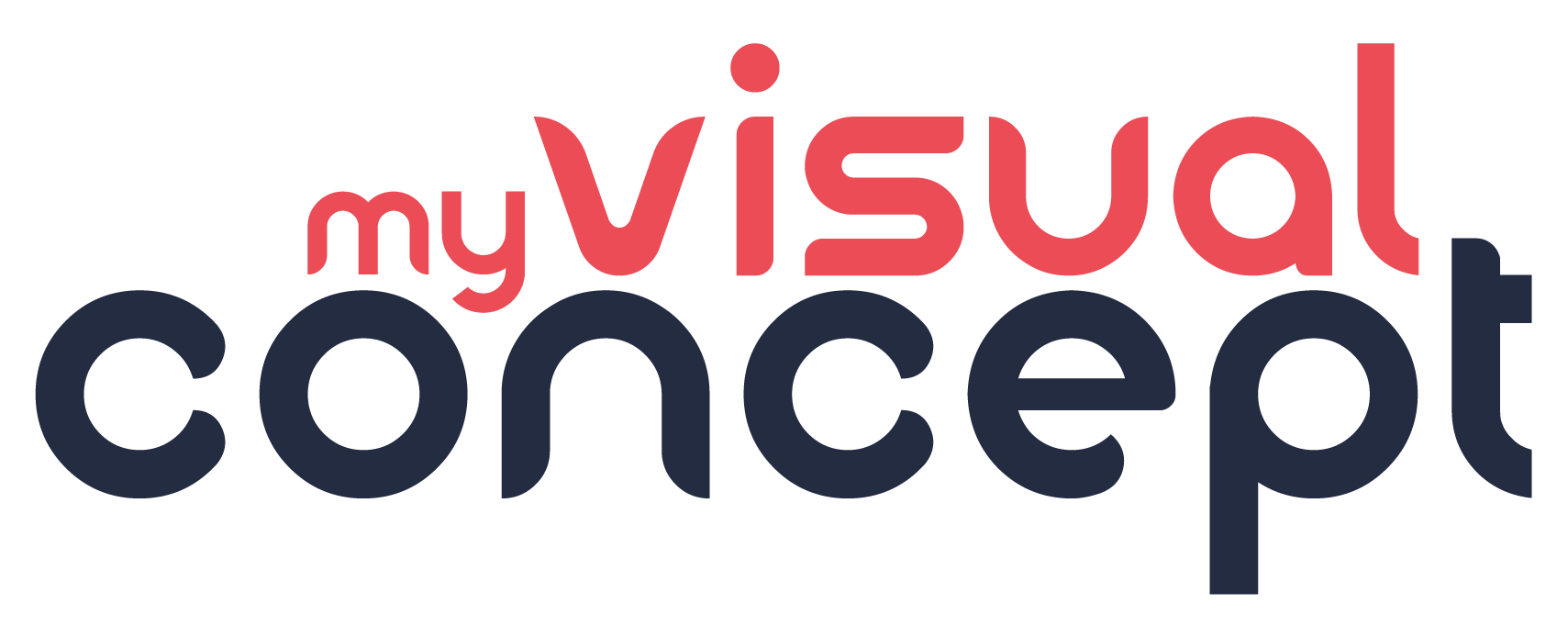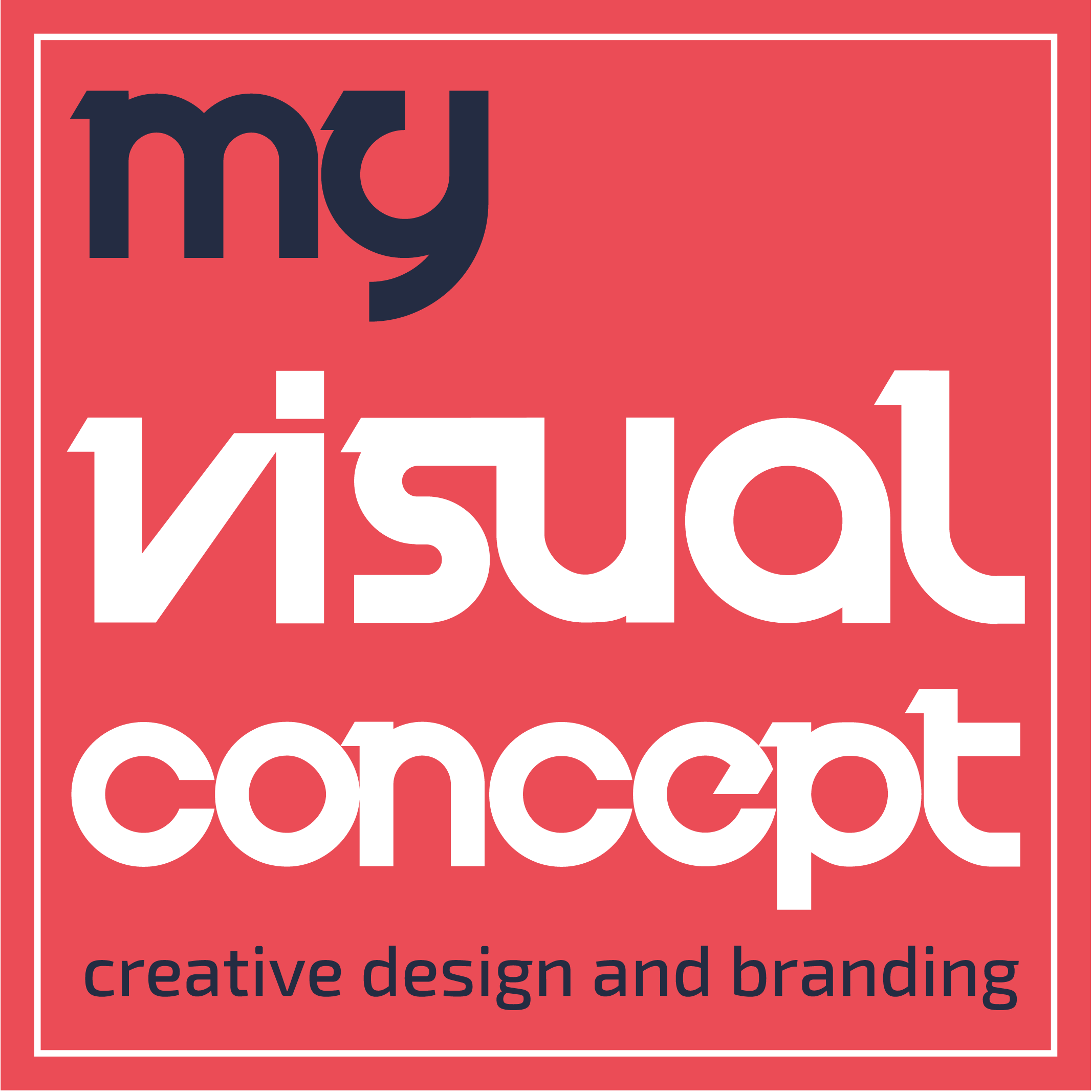In the evolving landscape of digital technology, the convergence of graphic design and virtual reality (VR) presents a fascinating frontier. This intersection is not just transforming the way we perceive and interact with digital environments but also redefining the role of graphic designers. Today, we delve into how traditional graphic design principles are being applied within virtual reality spaces, and explore the unique challenges and opportunities this blend offers to designers and users alike.
Bridging Graphic Design with Virtual Reality
The Application of Design Principles
In VR, the fundamental principles of graphic design—such as balance, contrast, hierarchy, and rhythm—are more vital than ever. However, their application takes on a new dimension. VR environments offer a 360-degree canvas, where designers must consider not just the visual appeal but also the spatial dynamics and user interaction within a three-dimensional space. This immersive approach requires a keen understanding of how users perceive and navigate virtual spaces, demanding a balance between aesthetic elements and functionality.
Typography and Color in VR
Typography and color theory also face new considerations in the VR realm. Text must be legible from various distances and angles, requiring careful selection of fonts, sizes, and placements. Similarly, color schemes must ensure sufficient contrast and visibility while also contributing to the overall mood and guidance within the virtual environment.
Challenges at the Intersection
Navigating the Third Dimension
One of the primary challenges in merging graphic design with VR is the transition from designing for a flat surface to thinking in three dimensions. This shift demands not only technical skills in VR software but also a conceptual rethink of how to effectively communicate within a fully immersive space.
User Experience and Accessibility
Ensuring a seamless and accessible user experience in VR is another significant challenge. Designers must account for potential motion sickness, navigational ease, and the inclusivity of their designs to accommodate diverse users. Creating intuitive and user-friendly VR environments requires meticulous planning and testing.

Opportunities for Innovation
Enhanced Engagement and Interactivity
VR opens up unprecedented avenues for engaging and interactive experiences. Graphic designers have the opportunity to create immersive narratives where users can interact with the environment in meaningful ways. This level of engagement offers new possibilities for storytelling, branding, and education, transcending traditional passive consumption of content.
Expanding the Creative Palette
The immersive nature of VR allows graphic designers to experiment with spatial dynamics, interactive elements, and multisensory experiences that are not possible in traditional media. This expanded creative palette enables designers to push the boundaries of visual communication and create deeply immersive and emotionally resonant experiences.
The intersection of graphic design and virtual reality is a dynamic and rapidly evolving field, brimming with challenges yet rich with opportunities for innovation. As VR technology becomes more accessible, graphic designers are increasingly called upon to apply their skills and creativity in three-dimensional spaces. By embracing the principles of traditional design while adapting to the unique demands of VR, designers can create immersive experiences that redefine user engagement and open up new horizons for digital expression.
The journey into the convergence of graphic design and VR is just beginning, and its potential to transform both industries is boundless.





